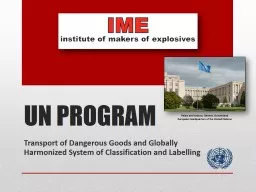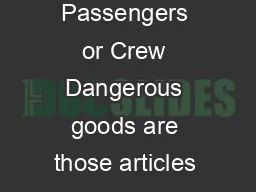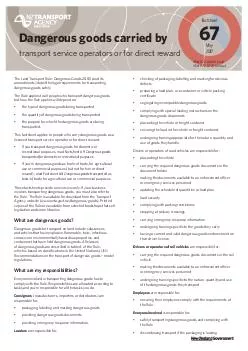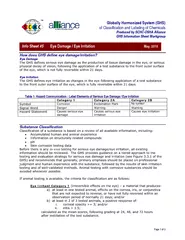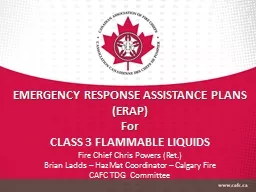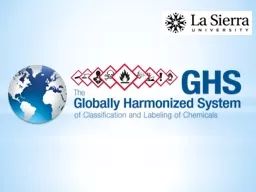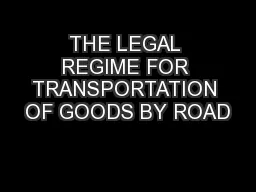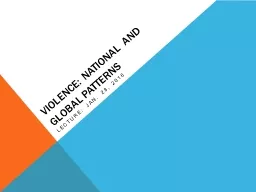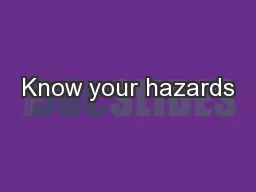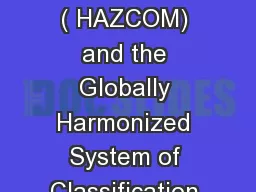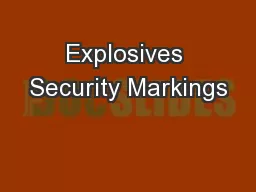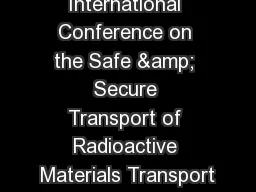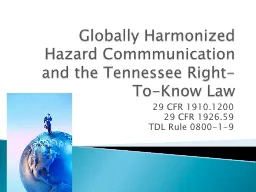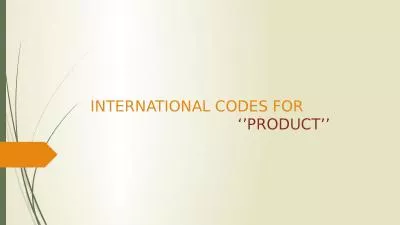PPT-UN PROGRAM Transport of Dangerous Goods and Globally Harmonized System of Classification
Author : brown | Published Date : 2022-06-28
Palais des Nations Geneva Switzerland European Headquarters of the United Nations Member Companies LIAISON CLASS MEMBERS What IME is a NonGovernmental Organization
Presentation Embed Code
Download Presentation
Download Presentation The PPT/PDF document "UN PROGRAM Transport of Dangerous Goods ..." is the property of its rightful owner. Permission is granted to download and print the materials on this website for personal, non-commercial use only, and to display it on your personal computer provided you do not modify the materials and that you retain all copyright notices contained in the materials. By downloading content from our website, you accept the terms of this agreement.
UN PROGRAM Transport of Dangerous Goods and Globally Harmonized System of Classification: Transcript
Download Rules Of Document
"UN PROGRAM Transport of Dangerous Goods and Globally Harmonized System of Classification"The content belongs to its owner. You may download and print it for personal use, without modification, and keep all copyright notices. By downloading, you agree to these terms.
Related Documents

